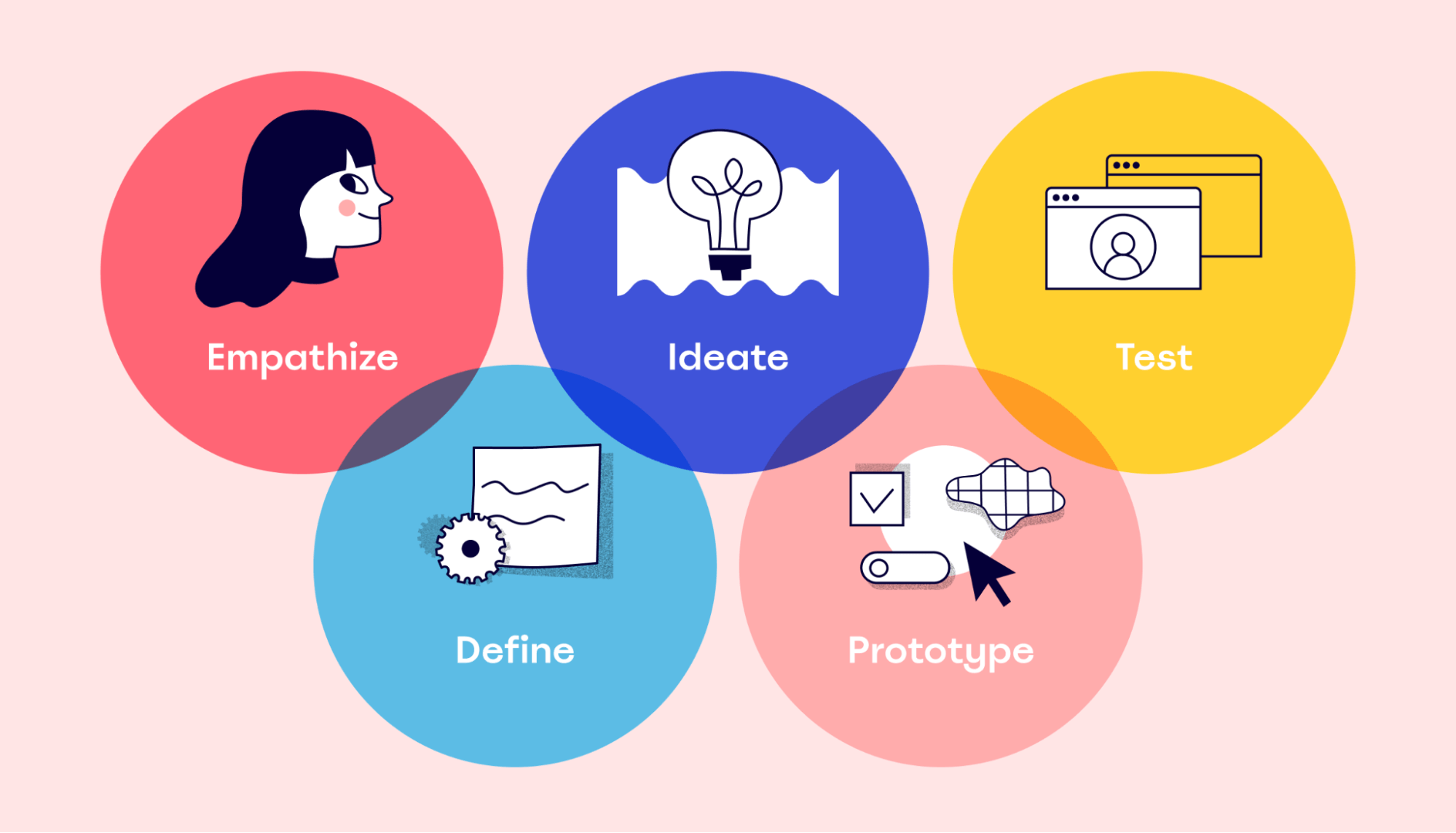Vaibhav’s journey into the professional world began with the invaluable guidance of his uncle, Sivarajan. Fresh out of college and on the brink of entering the corporate realm, Vaibhav sought his uncle’s wisdom to navigate the challenges that lay ahead. With interviews on the horizon, he wanted to understand the intricacies of professionalism and climb the ladder of success.
Sivarajan, recognizing his nephew’s ambition, gladly took on the role of mentor. He imparted lessons on the various stages of professionalism, offering insights that went beyond the textbook knowledge Vaibhav had acquired in college. As Vaibhav absorbed the guidance, he felt more prepared and confident as he stepped into the professional world.
Vaibhav settled into his job profile and reaped well the fruits of his uncle’s guidance. As he completed an experiential year in the company, an exciting opportunity presented itself. His company nominated him for a three-day Design Thinking program, promising to enhance his problem-solving skills and innovative thinking. Eager to capitalize on the chance for professional growth, Vaibhav enrolled in the course.
On the first day, the concepts of Design Thinking proved to be more complex than he had initially expected. As he made his way home after the intense session, contemplating how to make the most of this unique opportunity, he found his uncle Siva at home. He was beyond happy to see his uncle and he greeted him happily.
“Uncle, I am so happy to see you. I was nominated for a three-day Design Thinking Program and today was day one. However, I found the concepts a bit challenging to grasp, and on my way home, I couldn’t help but think of reaching out to you for guidance.”
Siva, understanding the importance of innovative thinking in today’s business landscape, decided to guide Vaibhav through the steps of Design Thinking in a way that would resonate with his practical mindset.
Overview of Design Thinking

Vaibhav, Dr. Prabhjot Singh quoted it well, “We spend a lot of time designing the bridge, but not enough time thinking about the people who are crossing the bridge.”
Design Thinking is all about keeping the end-users in mind.
“Let’s break it down, Vaibhav. Design Thinking is about solving problems creatively and empathetically,” Sivaranjan explained, his years of experience evident in the assuredness of his voice. He gestured for Vaibhav to join him at the small table in the corner, signaling the beginning of a profound lesson.
“Firstly,” Sivaranjan continued, “you need to empathize with the end-users, truly understand their needs, and put yourself in their shoes. It is the foundation of any successful design process.” Vaibhav, perched on the edge of his seat, nodded in agreement, absorbing the profound simplicity of his uncle’s words.
Sivaranjan guided Vaibhav to a fresh notepad and a pen. “Now, let’s define the problem,” he urged. “Be specific about what you want to solve. This clarity is crucial to move forward.” Together, they began jotting down the intricacies of a hypothetical problem, dissecting it into its fundamental components.
The notepad now filled with thoughts and objectives, Sivaranjan transitioned to the next step. “Now, ideate,” he encouraged. “Encourage creative brainstorming without judgment. The crazier the ideas, the better. This phase is all about quantity, not quality.” Vaibhav, feeling the creative energy in the room, scribbled down ideas as they flowed from his mind, inspired by the freedom of uninhibited brainstorming.
As the pages filled with a myriad of thoughts, Sivaranjan continued. “Prototype your ideas next,” he advised. “Create a tangible representation of your solutions. It could be a simple sketch or a rough model.” The notepad was momentarily set aside as Vaibhav envisioned the manifestation of his ideas. Sketches and rough models began to take shape on the table, bringing the abstract thoughts to life.
Sivaranjan wove the principles of Design Thinking into Vaibhav’s experiences in sales. “And finally,” he concluded, “test your prototypes with the end-users. Get their feedback, refine your solutions, and repeat the process until you’ve nailed it.” The room resonated with the wisdom imparted, and Vaibhav marveled at the simplicity and effectiveness of the Design Thinking process under his uncle’s guidance.
The lesson concluded with a sense of accomplishment. Armed with a notepad filled with insights and a mind buzzing with possibilities, Vaibhav felt a newfound appreciation for the innovative problem-solving approach. Sivaranjan’s ability to make the complex simple not only demystified Design Thinking but also provided Vaibhav with a practical toolkit to approach challenges with creativity and empathy.
Vaibhav, let me share an interesting fact, Design Thinking has been embedded in the Indian Knowledge System since ancient times. According to this the simplest explanation of Design thinking is, “it is the process of knowledge creation.” Furthermore, we must ponder upon the fact `that codified human knowledge dates back thousands of years to the ancient nation of India. Indian philosophers and intellectuals are renowned for their meticulous consideration of people, things, feelings, and existence. Design Thinking is a method for approaching an issue from all angles and coming up with innovative solutions.
https://www.innovationtraining.org/design-thinking-quotes/
https://www.linkedin.com/pulse/design-thinking-ancient-indian-texts-dr-bhavleen-rekhi
https://miro.com/blog/wp-content/uploads/2022/07/image1-1.png
Written By: Dr. Jimmy Jain and Pavan Valluri
Edited By: Afreen Fatima
Society of Design Thinking Professionals









